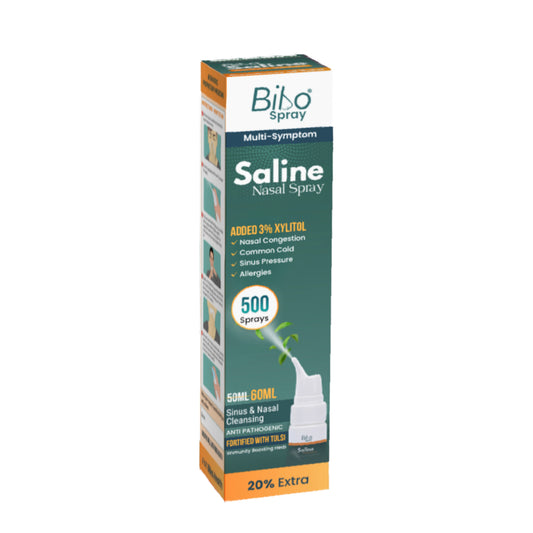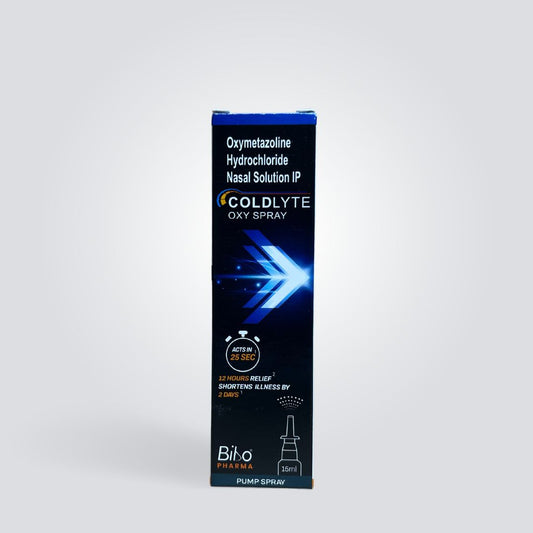We are all prone to infections. It can be mild, moderate or even severe infections. Before the discovery of antibiotics, more than 50% of people died from infections, including typhoid fever, tuberculosis, bronchitis, strep throat, bacterial meningitis and much more.
Antibiotics have saved several lives. It is one of the milestone discoveries of all time in medical science. But with the growing population, antibiotic resistance has also raised tremendously. This requires a constant need to develop newer antibiotics. Furthermore, one of the common side effects of synthetic antibiotics is the generation of free radicals, which can cause serious health issues. Hence it is necessary to avoid the irrational use of antibiotics.
Antivirals are not generally prescribed for all viral infections as most of the commonly occurring viral infections are mild and resolve on their own in a few days. They are reserved for severe and deadly viral infections such as HIV, AIDS, COVID-19, flu, etc.
In this blog, we will be discussing the natural antibiotics and antivirals that can be grown.
Yes, antibiotics and antivirals can be grown. There are many herbs that show excellent antibacterial and antiviral properties and are gaining a lot of attention. In addition to antimicrobial properties, these herbs also show free-radical scavenging properties, which may make them preferable over synthetic ones.
Let's discuss a few of them in this blog.
Tulsi

Tulsi is known as the mother of all herbs. It is enriched with medicinal properties. Studies reveal the presence of linoleic acid in Tulsi, which may contribute to its antibacterial and antiviral properties.
Mulethi

Mulethi is a herb known for its sweet taste. The roots of this herb show excellent antimicrobial properties. The presence of 18β-glycyrrhetinic acid acts against the bacteria causing tuberculosis.
Honey

Honey is known from ancient times for both nutritional and medicinal benefits. It shows antimicrobial properties against many pathogens. Many studies reveal the use of honey to manage common respiratory infections. It not only reduces the symptoms but also the severity of the diseases like cough, sore throat, and swelling in the throat and airways.
Ginger
Ginger is known for its pungent taste. Many people add ginger to their tea for its refreshing taste. The extracts of ginger show antimicrobial properties against various pathogens causing common infections, including respiratory infections, typhoid fever, and intestinal infections.
Adulsa (Malabar nut)

The alkaloids derived from Adulsa show excellent antimicrobial activity against many resistant bacteria that are responsible for respiratory infection and typhoid.
Thyme
Carvacrol and γ-terpinene present in thyme show antiviral and antibacterial properties. The essential oil derived from thyme is popularly used to manage infections of the respiratory tract and oral cavity, gastric ulcers, typhoid, and a lot more.
Bhumi amla
It acts against microbes responsible for urinary tract, respiratory, skin infections and many more.
Motha

Motha shows its action against various microbes responsible for the common cold, bronchitis, pneumonia, flu (influenza), and a few more.
Pippali
Pippali is a commonly used spice in India and other countries. This spice is not just reserved for its taste. It has numerous medicinal properties. It shows antimicrobial action against viruses and bacteria causing hepatitis and cholera.
Talispatra

The leaves of this herb are used for their medicinal benefits. It is one of the ingredients in many of the formulations used to manage respiratory and digestive diseases. The antimicrobial properties of this herb make it useful in managing respiratory conditions such as the common cold, cough, asthma, bronchitis, etc.
Vacha

It is commonly known as the sweet flag. It shows antibacterial, antiviral and antifungal properties.
Fennel (Saunf)

Most of us have used fennel as a mouth freshener or herb to manage or reduce digestive problems such as heartburn, bloating, or gas. But fennel has much more other properties, including antimicrobial properties against various microbes causing respiratory tract infections and food-borne pathogens.
Peppermint (Pudina)
Peppermint is known for its cooling and refreshing taste. It is present in many candies, mouth fresheners and mouthwashes. But not everyone knows that peppermint also has antimicrobial properties. The main components of peppermint are menthol and menthone, which are responsible for the various health benefits of this herb, including its antibacterial and antiviral actions.
Eucalyptus

The oils extracted from eucalyptus, commonly known as eucalyptol (1,8-cineole) show antimicrobial effects against various bacteria, including multidrug-resistant bacteria and the one responsible for tuberculosis. It also acts against numerous viruses and fungi. It is said to have stronger antibacterial effects compared to many other herbs.
References:
- Parham S, Kharazi AZ, Bakhsheshi-Rad HR, Nur H, Ismail AF, Sharif S, RamaKrishna S, Berto F. Antioxidant, Antimicrobial and Antiviral Properties of Herbal Materials. Antioxidants (Basel). 2020 Dec 21;9(12):1309. doi: 10.3390/antiox9121309. PMID: 33371338; PMCID: PMC7767362.




